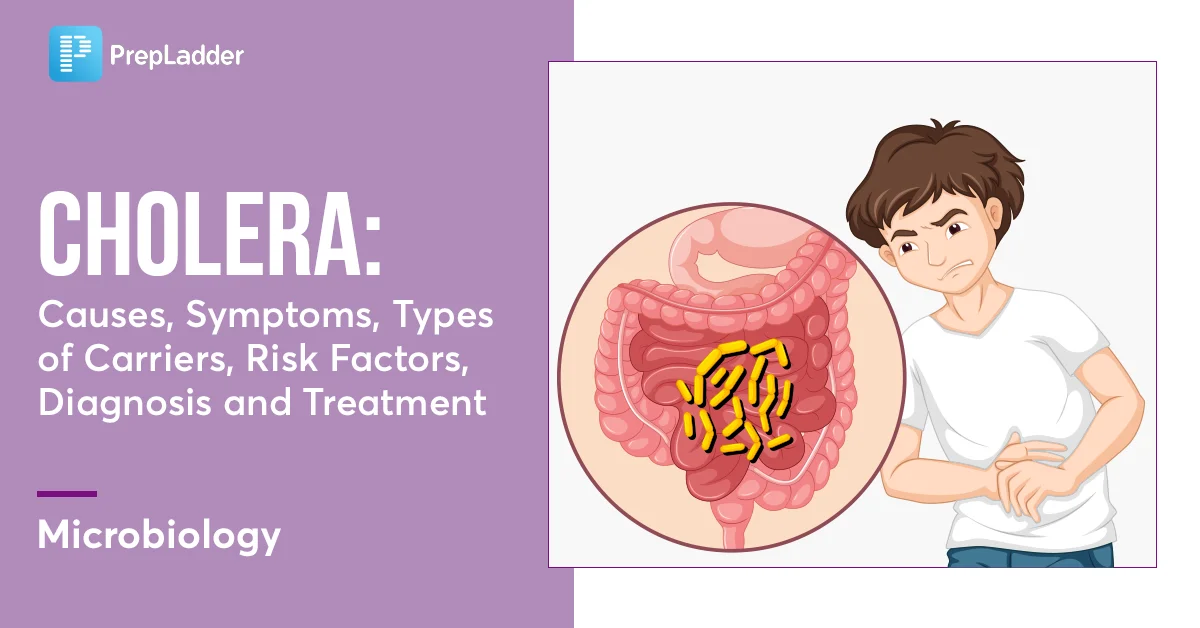
There are several different cholera types, and the differences between them are often subtle. Unlike the other forms of the disease, cholera is a highly contagious illness, which spreads easily and kills most victims within a matter of days. Infections with cholera are usually caused by contaminated water and can be fatal if left untreated, but aggressive fluid replacement therapy can help improve the prognosis. However, knowing these factors will not guarantee you will contract cholera, but they will increase your risk. Here are the main risk factors for cholera:
The main symptom of cholera is diarrhea, which can be either watery or bloody. The person suffering from cholera will also experience cramps and leg pain, which can be life-threatening. In serious cases, a person can go into shock or even die, so proper treatment is imperative. A doctor can diagnose cholera by examining a stool sample or rectal swab. Symptomatic treatment consists of replacing the fluid that was lost due to the diarrhea, as well as using antibiotics to reduce the risk of infection.
Acute cases of cholera are characterized by vomiting, watery diarrhea, dehydration, and leg cramps. If left untreated, the individual can die within hours. A doctor can diagnose cholera if the person has diarrhea or has a fever. A swab of the stool or rectal swab can help identify the cholera type and treatment is aimed at replacing lost fluids. In severe cases, antibiotics are prescribed.
The most common treatment for cholera involves the replacement of salts and fluids lost during diarrhea. Oral rehydration salts can be taken orally and are accompanied by rehydration salts. In severe cases, an intravenous solution may be given. Depending on the severity of the case, antibiotics may be prescribed for additional rehydration. If an infection is not severe, the body will fight it on its own.
The most common symptoms of cholera include rapid, painful diarrhea, vomiting, and large amounts of fluids and electrolytes. Symptoms include fluid loss and the need to drink clean water. In more severe cases, intravenous fluids may be required. Medications may also be prescribed to treat the infection. This medicine can save a life in severe cases. If in doubt, consult your doctor or pharmacist. The health website https://www.sga.co.th/ will offer you additional treatment options.

During an outbreak, the organism can contaminate water from a contaminated source. The disease causes severe diarrhea and can even lead to kidney failure and death. It is caused by the bacteria Vibrio cholerae, which can cause various diseases. You can also become infected through contaminated food or water. For this reason, it is important to take precautions when traveling to an area infected with cholera.
Cholera is a bacterial disease that is infectious to human beings. During a cholera outbreak, a high number of people may be exposed to the bacterium. The risk of getting the disease increases during a crisis, but uninfected dead bodies are uncommon sources of the illness. Fortunately, the risk of developing cholera outbreaks is extremely low and is often averted by ensuring the safety of water supplies.
The most common types of cholera are typhlitis, typhus, and avian cholera. Infections of these types can be fatal, and can result in massive gastrointestinal bleeding. The O1 serogroup causes the most outbreaks, and is subdivided into two biotypes: classical and El Tor. Inaba and Ogawa serotypes differ in biochemical properties and antigen expression. The latter have multiple strains, but only the first two have been identified in the U.S.
The most common symptoms of cholera are dehydration, headache, and fever. Acute cholera infection can be mild or severe, and most people don’t experience any symptoms unless they have been exposed to it for a prolonged period of time. But, if a person is severely infected with a bacterium that causes a cholera, they may develop typical cholera symptoms within 2 to 3 days of infection.
The disease can also be acquired from food and water. Previously, it was caused by six great cholera epidemics and then receded to the Indo-Pakistani subcontinent. In the mid-1990s, a new biotype of V cholera, the El Tor strain, emerged from the Celebes, and caused the seventh great cholera pandemic. Although this strain caused a cholera epidemic in the Indo-Pakistani region, it did not affect the rest of the world.
